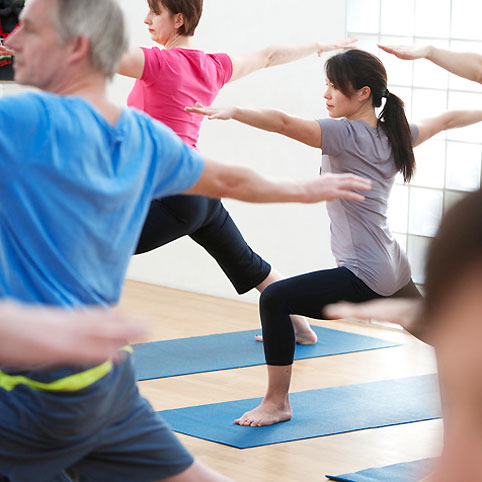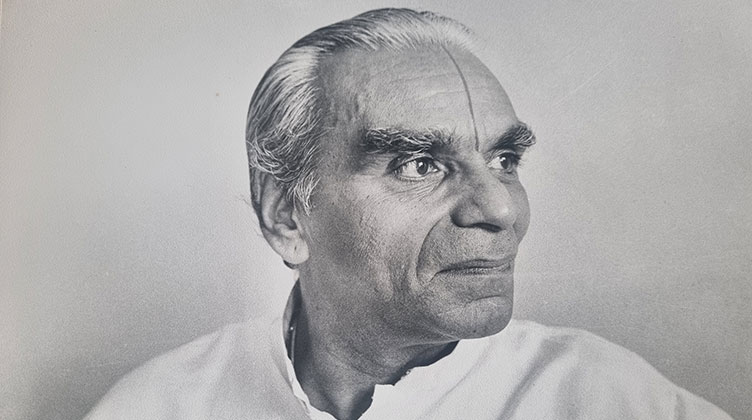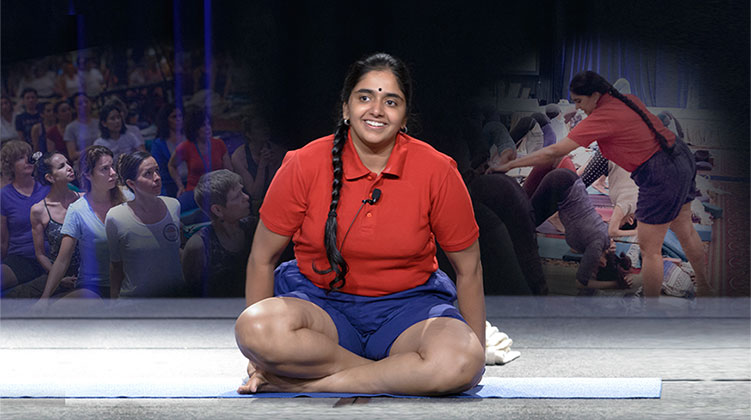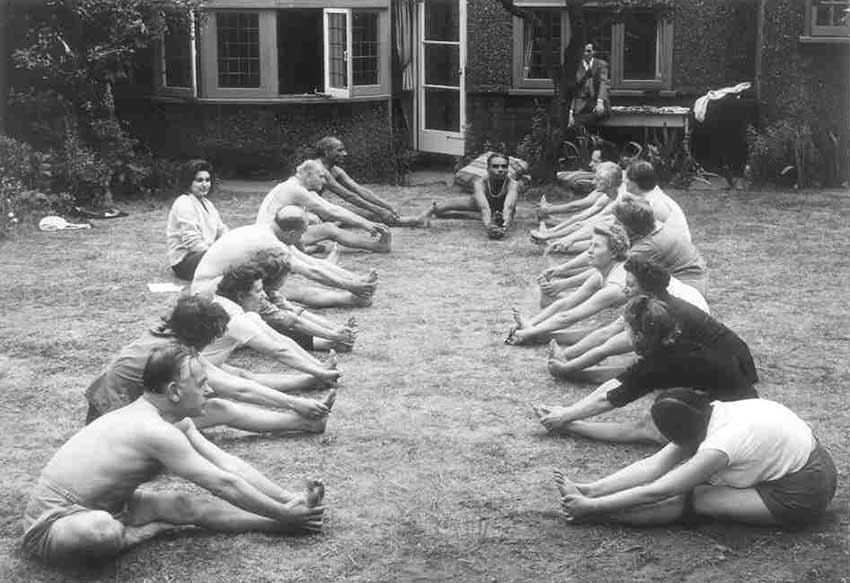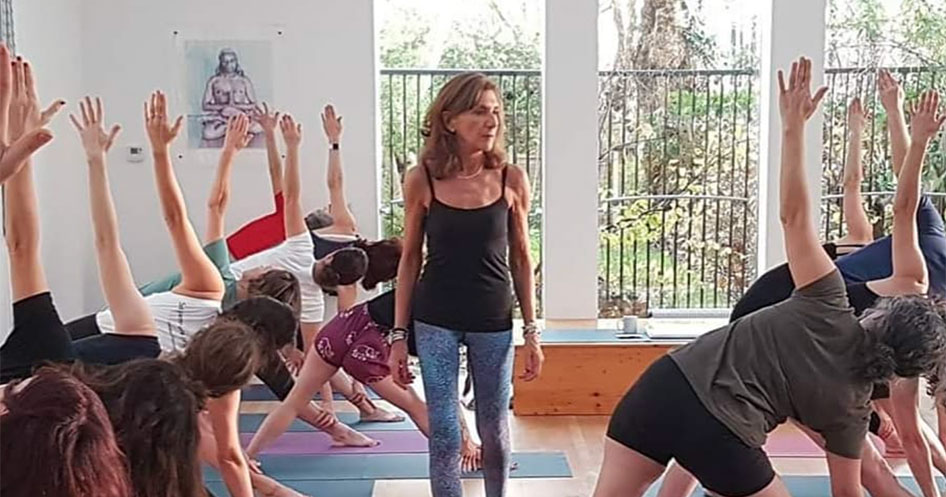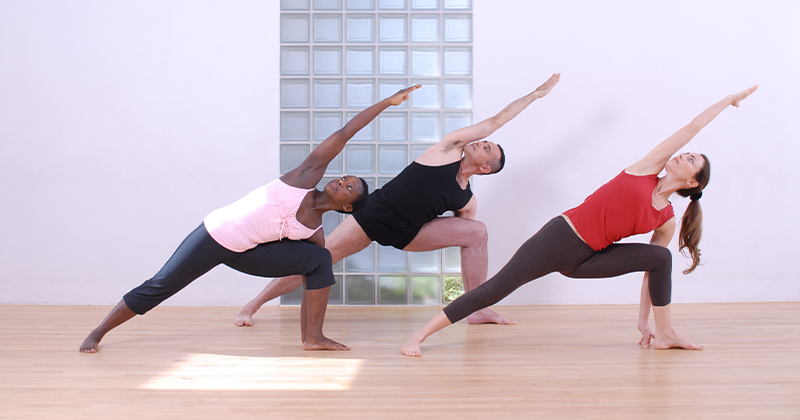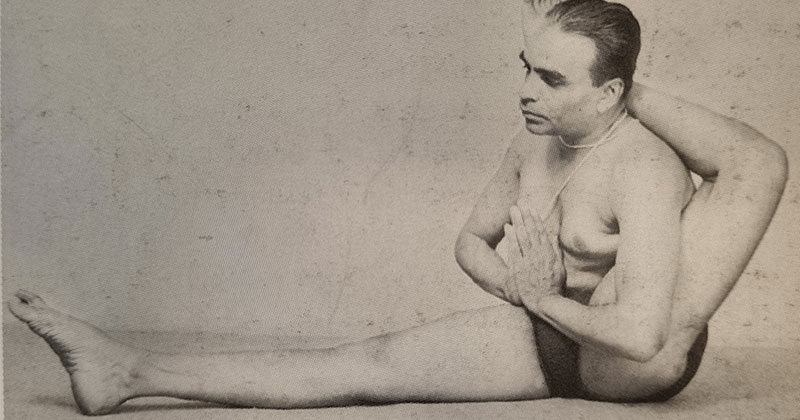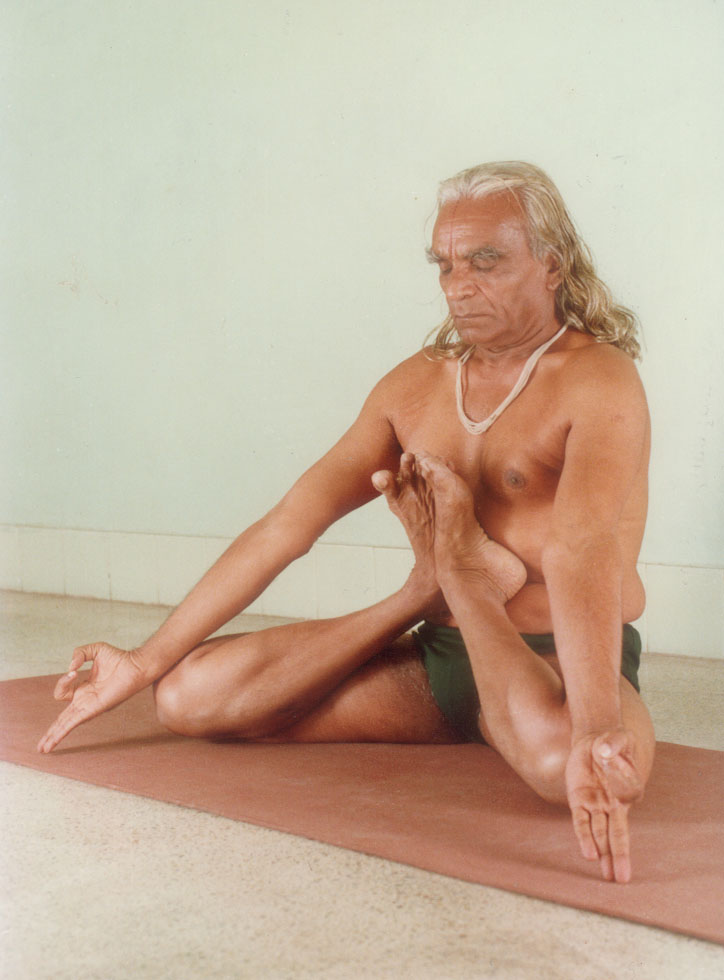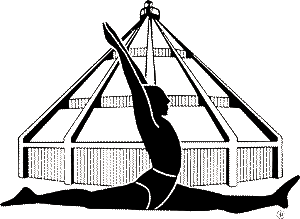
Garth McLean on Iyengar yoga and Multiple Sclerosis
Garth McLean was a busy professional whose life changed dramatically when he received a diagnosis of Multiple Sclerosis. He has become a renowned Iyengar yoga teacher and has helped and inspired teachers and students with MS around the world.
It was a hot day in May, 1996, when I found myself struggling to walk. After a high stress, globe-trotting, entertainment industry job, I was producing a play in Hollywood and figuring out what was next. For a month my body had been progressively losing functionality. Simple tasks, like holding a pen, shaving, or eating with a fork, had become virtually impossible. Mysterious symptoms crept through me, robbed me of my motor skills and rendered my body numb. Something was very wrong.
In a manly effort to show no weakness, I pressed on. When the numbness overtook my face and skull, I contacted the UCLA neurology department and was immediately admitted to the hospital for medical examinations. After a suspected brain or spinal tumor was ruled out, I was relieved to be diagnosed with Relapsing Remitting Multiple Sclerosis.
A yoga lifeline
Once the storm in my body subsided with the help of intravenous steroids, I was released from the hospital. In shock and armed with a pocketful of meds and my doctor’s advice to try yoga, I was determined to face my new reality and overcome this challenge. A friend recommended Iyengar yoga so I picked myself up and stumbled into the LA Institute. I was thrown a lifeline by Karin O’Bannon and others who guided me in daily classes.
My physical, mental, and psychological health improved radically. This yoga was working! Inspired, relieved, and willing to take a risk, I chose to forego the pharmaceutical protocol and embraced a daily practice of yoga, along with dietary and lifestyle changes. The environment at the LA Institute was a change from my Hollywood surroundings and I found myself in a world populated mostly by women.
A nurturing environment that often addressed female concerns, I was regularly among women who were menstruating or facing other female challenges. Rather than feel emasculated, I was encouraged to look at myself and to respect what was going on in my body on any given day. I began to develop a more intuitive approach to practice, knowing when to impose my masculine will and when to ease up to offer my body what it needed that day.
Discovering the Sutras
I soon discovered Patanjali’s Yoga Sutras, and learned that we have these things called vrttis (fluctuations of consciousness). Left unchecked, I imagined that my vrttis manifested on the physical plane as MS symptoms, or dis-ease. I learned that abhyasa and vairagya (practice and detachment) are the means to still the fluctuating movements of consciousness. It was an Ah-Ha! moment.
My resolve fortified, I looked to abhyasa and vairagya to help me chart the potentially turbulent waters in my life. I needed to practice without being attached to the results. This offered a further challenge – a guy likes something solid he can relate to. The reflective mirror of practice rang true, offered concrete experiential knowledge, kept me present, and offered a rigorously honest look at my abilities and limitations. By remaining focused, I could vanquish the past. A whole new world opened up. I was alert, confident and grounded in reality. After several years of practice and restored health, I was inspired to study at the Institute in Pune.
Meeting B.K.S. Iyengar
Excited to meet the man whose work has had such a profound effect on my life, I shared my story with B.K.S. Iyengar. His advice: “Every day you must walk that fine line between courage and caution.”
Strength, ego and grit are traits often synonymous with being a man. With my MS in check and Guruji’s advice resonating, my practice began to unfold. Fear and doubt can hold us back in life and our exploration of the Self. As a man, I summon abhyasa and vairagya as I strive to overcome these obstacles. When I drop back into Urdhva Dhanurasana from Tadasana, for example, abhyasa encourages me to maintain discipline, connect the legs to the spine, and do, while vairagya cautions me to place my ego and attachment to the result aside, exercise discretion and restraint, and not overdo. Heeding their counsel, I find stillness, confidence and contentment.
Maintaining the vehicle that houses my soul
Over the years, I have weathered several storms of MS relapse. In the midst of any volatile storm, the challenge is to put uncertainty and fear aside, continue with dedication and release attachment to the outcome. A little faith helps, along with Guruji’s advice in Light on Life to apply intelligence and memory to map the present and future. Consistently the practice restores calm.
Maintenance is always required for any vehicle to run smoothly, and the vehicle that houses my soul is no exception. I trust that by intelligently employing the tools of courage, caution, practice, and detachment, the physical body will be kept healthy; any fear and doubt put to bed.
Guruji’s advice was echoed in a conversation with Prashantji regarding mula bandha kriya, “We must shift out of first gear. Otherwise the engine will burn out.” With Guruji’s inspiration, and Geetaji’s compassionate skillful guidance, I am learning to apply Patanjali’s philosophical aspects to realistic action and move beyond mere physical practice. As Guruji recently said, “Why polish your old Self? Polish your new Self!”
This is a slightly abbreviated version of the article first published in Yoga Vidya, Winter 2008/9 . We are grateful to Yoga Vidya (Journal of the B.K.S Iyengar Yoga Association of Southern California) for their kind permission to use it.
Blog categories
Become a member
Join our community to get reduced class prices, early booking for events and workshops plus access to the studio for self practice.
Recent news and articles
2024 Convention – Group Livestream Event
7 March 2024|
The First Public Iyengar Yoga Class in the UK
22 November 2023|
NEW Hybrid Classes
5 September 2023|
7 Day Visitor’s Pass
26 June 2023|
Geeta Iyengar on Why We Practise Difficult Asanas
26 June 2023|
